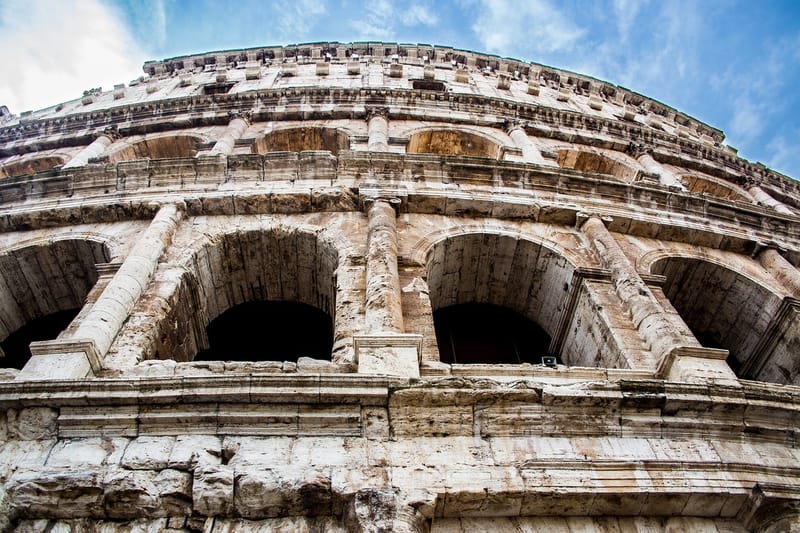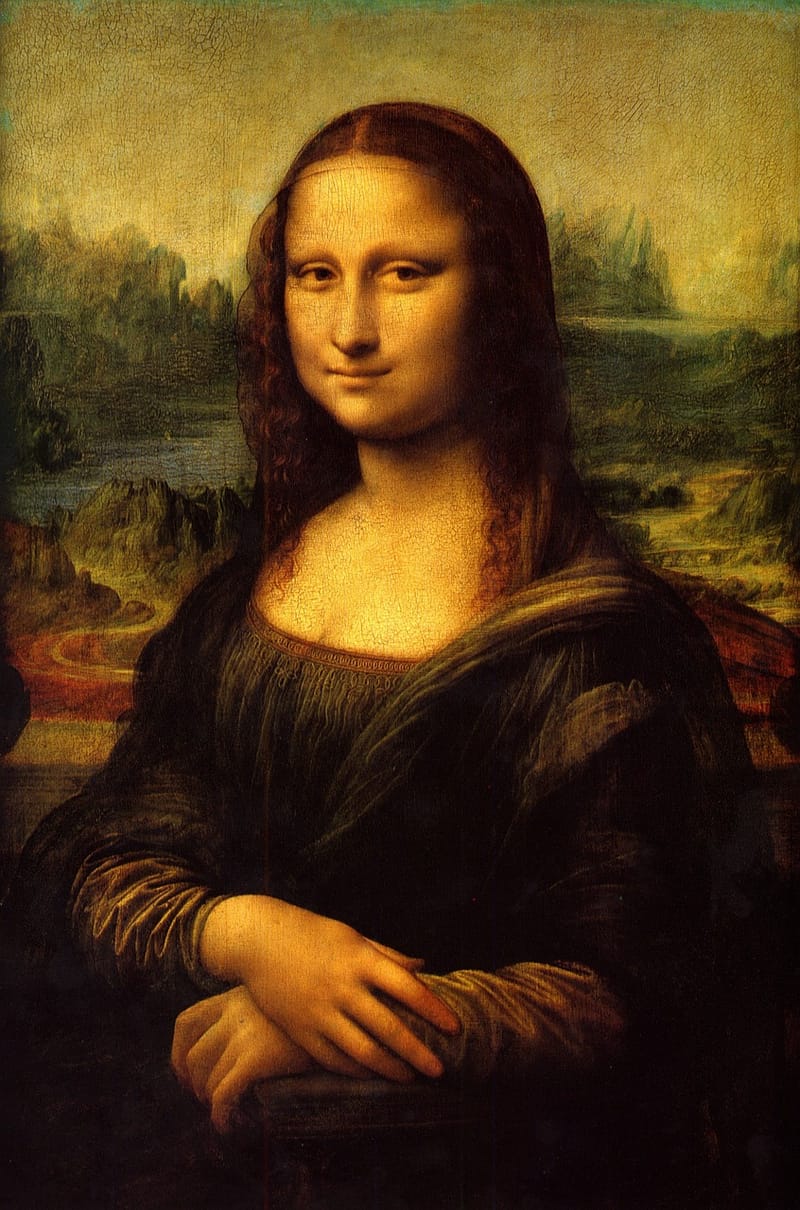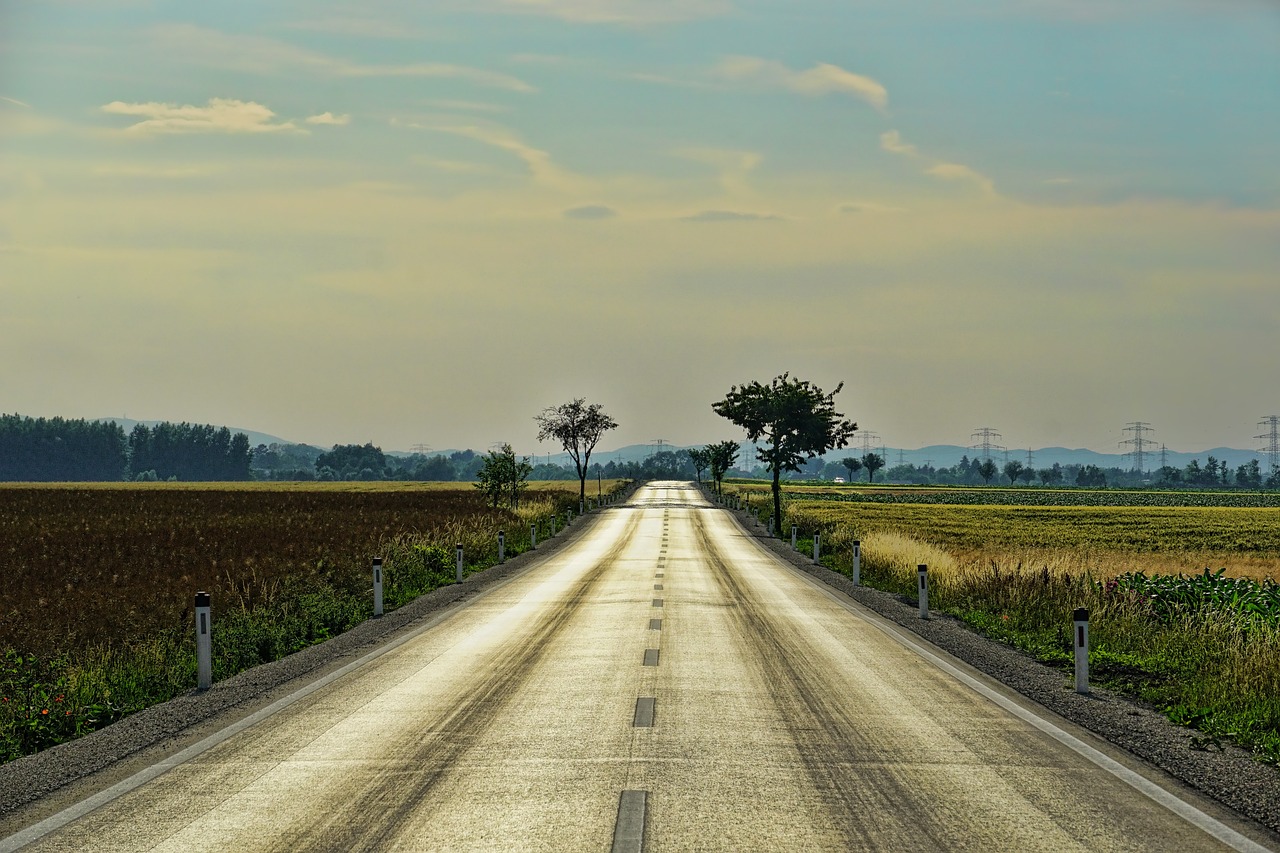Destinations - Part 3
Exploring Different Time Periods: Part 3
Ancient Rome: The Rise and Fall of an Empire
Ancient Rome, one of the most powerful civilizations in history, spanned over a thousand years. From its legendary founding in 753 BC to the fall of the Western Roman Empire in 476 AD, Rome left an indelible mark on the world.
Key highlights of Ancient Rome include the establishment of a republic, the conquest of vast territories, the construction of monumental structures like the Colosseum and the Pantheon, and the spread of Latin and Roman culture.

Medieval Times: Knights, Castles, and Feudalism
The Medieval period, roughly spanning from the 5th to the 15th century, was characterized by feudalism, chivalry, and the rise of knights. Castles dotted the landscape, serving as strongholds for nobles and monarchs.
This era saw the spread of Christianity, the Crusades to the Holy Land, the Magna Carta, and the Black Death. It was a time of great upheaval, cultural flourishing, and technological advancements like the invention of the printing press.

The Renaissance: Rebirth of Art, Science, and Humanism
The Renaissance, from the 14th to the 17th century, was a period of renewed interest in classical learning, art, and human potential. It marked a shift from the medieval worldview to a focus on individualism and human achievement.
Notable figures of the Renaissance include Leonardo da Vinci, Michelangelo, and Galileo Galilei. The era produced masterpieces of art, literature, and scientific discovery that laid the foundation for the modern world.

Age of Exploration: Discovering New Worlds
The Age of Exploration, starting in the 15th century, was a time of maritime discoveries and global expansion. Explorers like Christopher Columbus, Vasco da Gama, and Ferdinand Magellan set sail to find new trade routes and lands.
This period led to the colonization of the Americas, the opening of sea routes to Asia, and the exchange of goods, ideas, and cultures between continents. It transformed the world map and connected distant civilizations.

Conclusion
Exploring different time periods allows us to understand the diverse tapestry of human history and appreciate the achievements and challenges faced by our ancestors. Each era has its unique characteristics, events, and legacy that continue to shape our world today.
